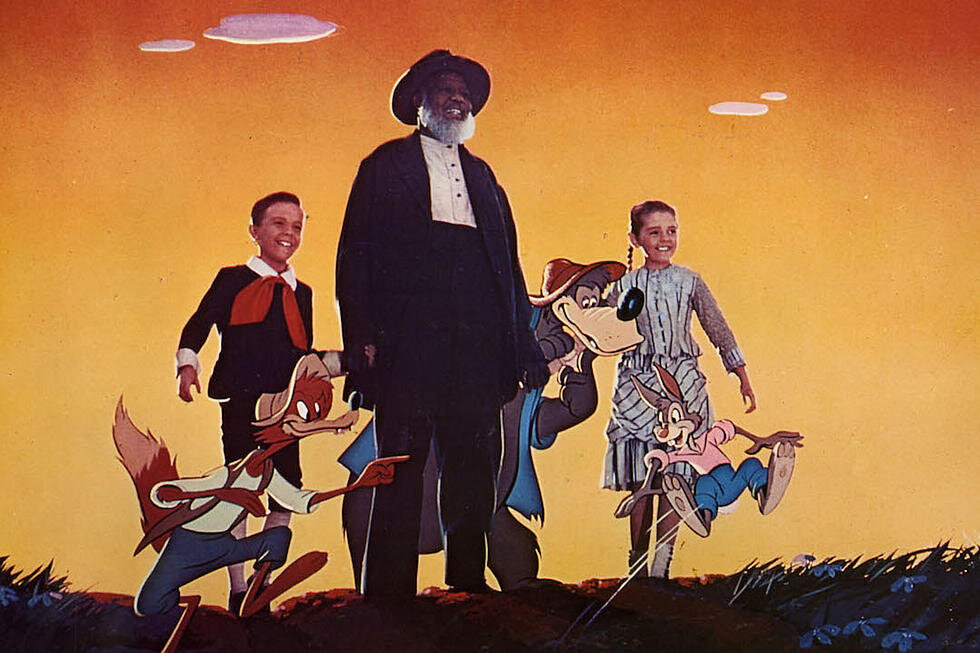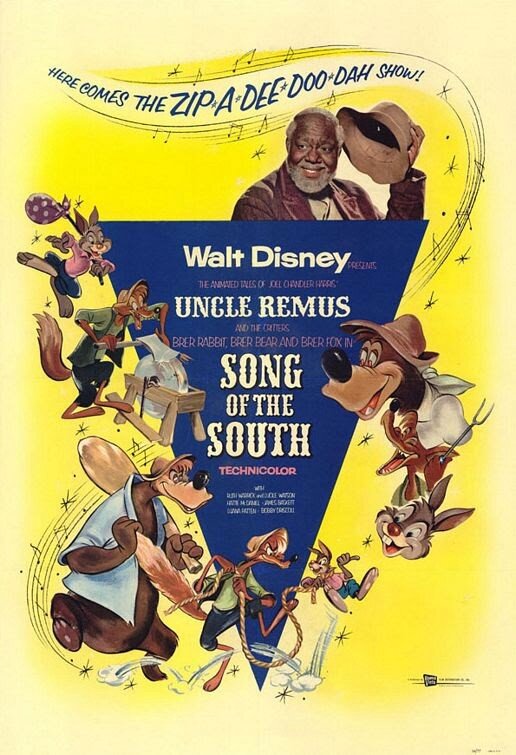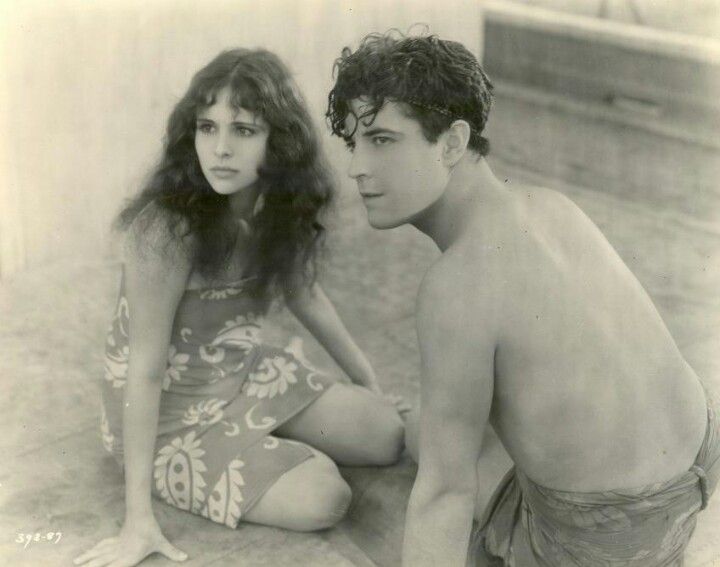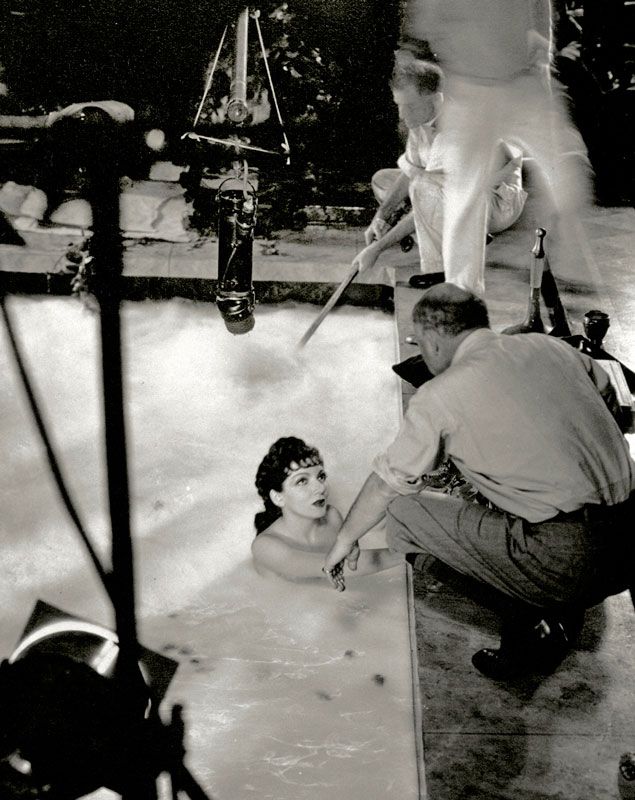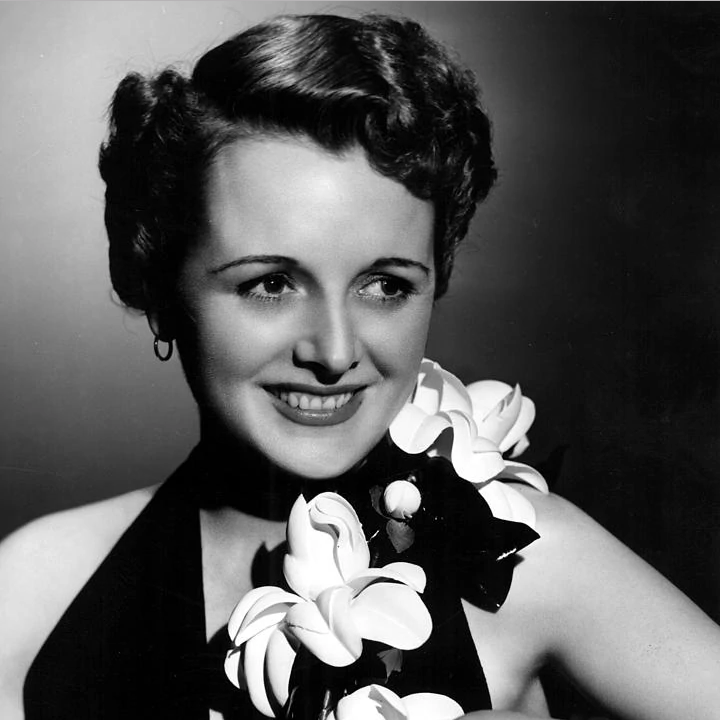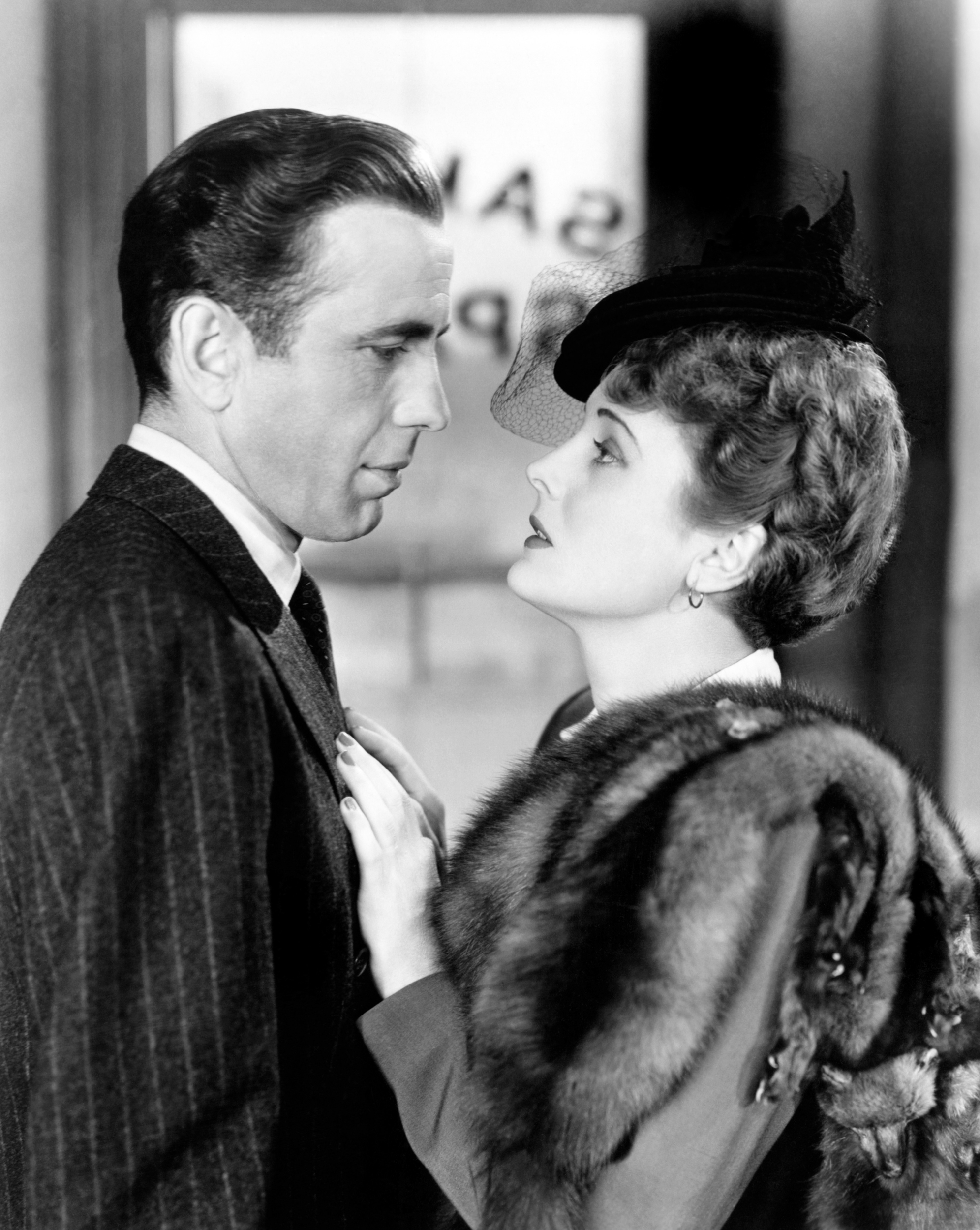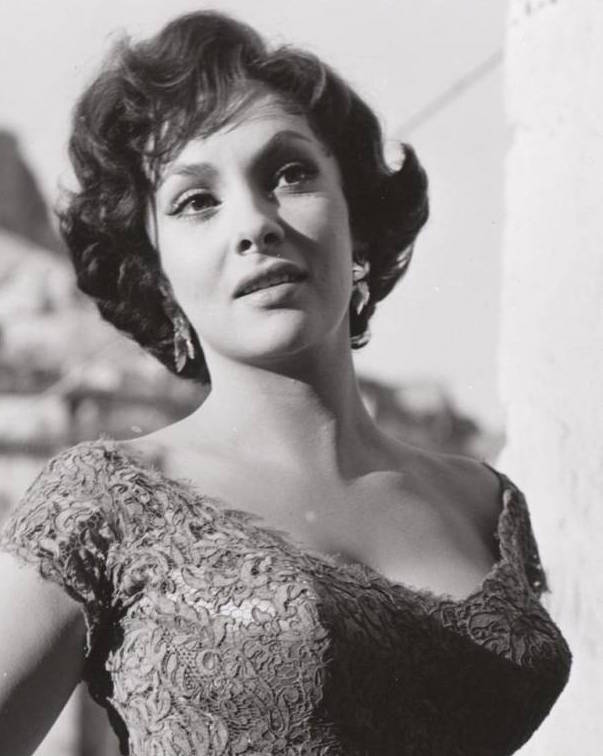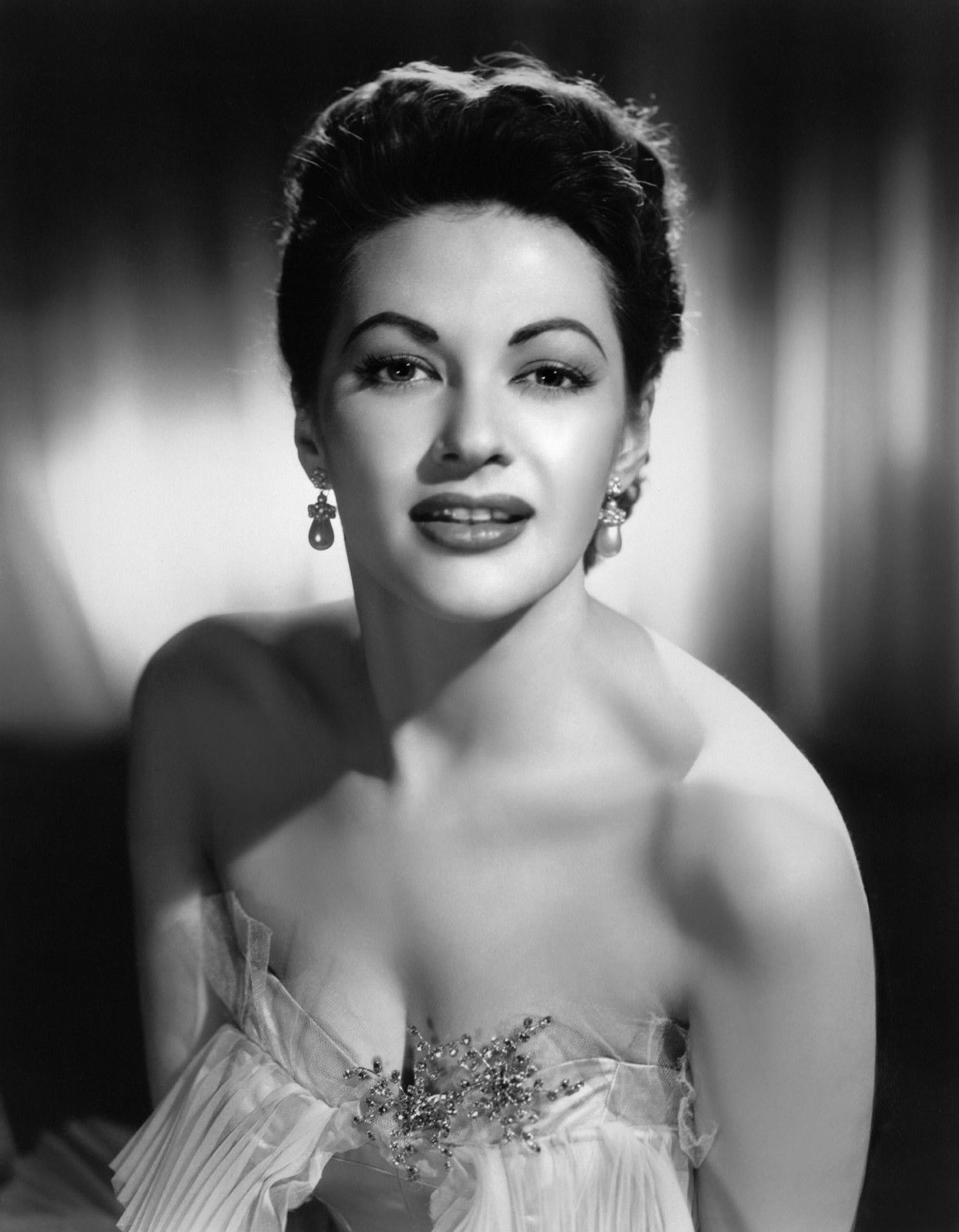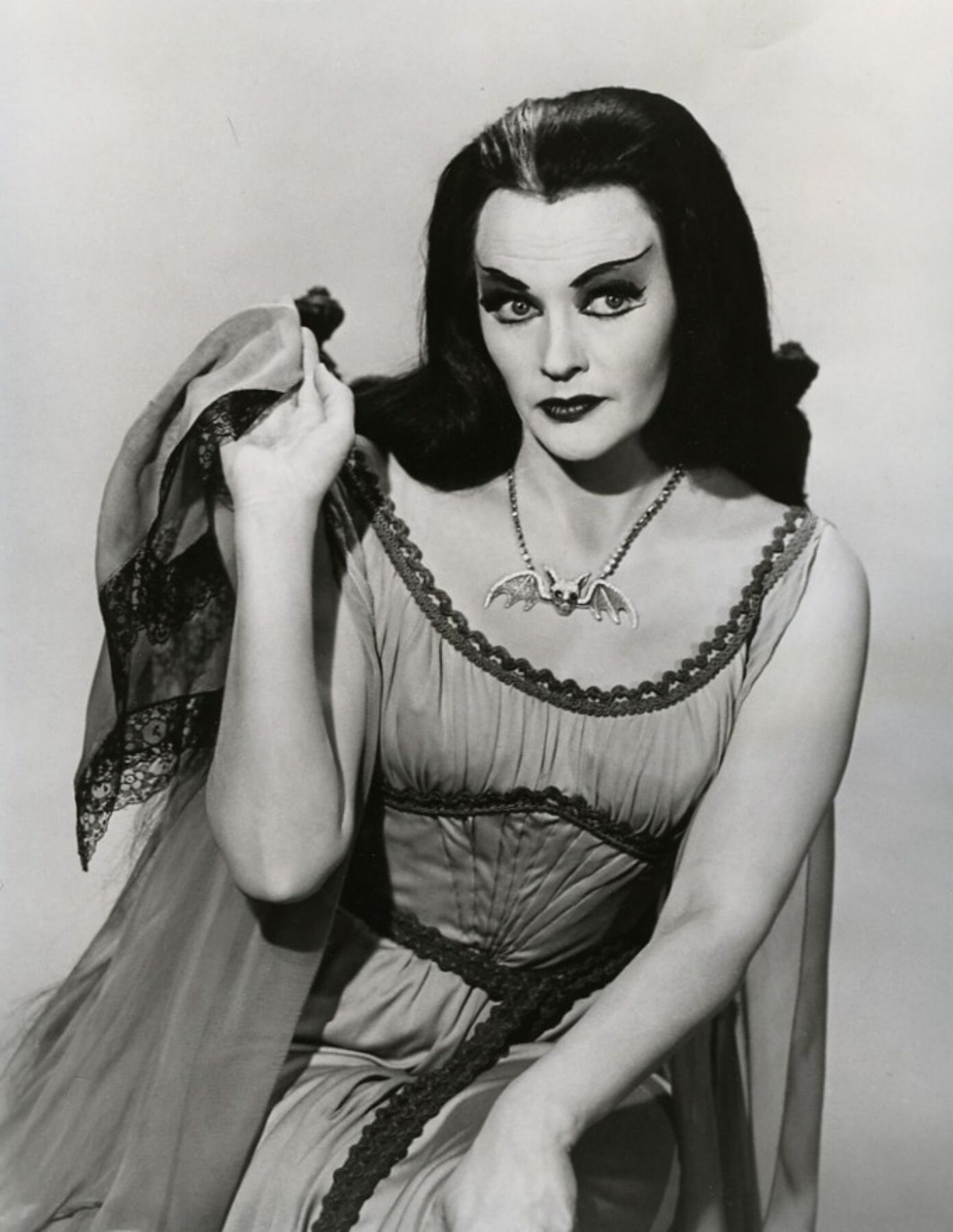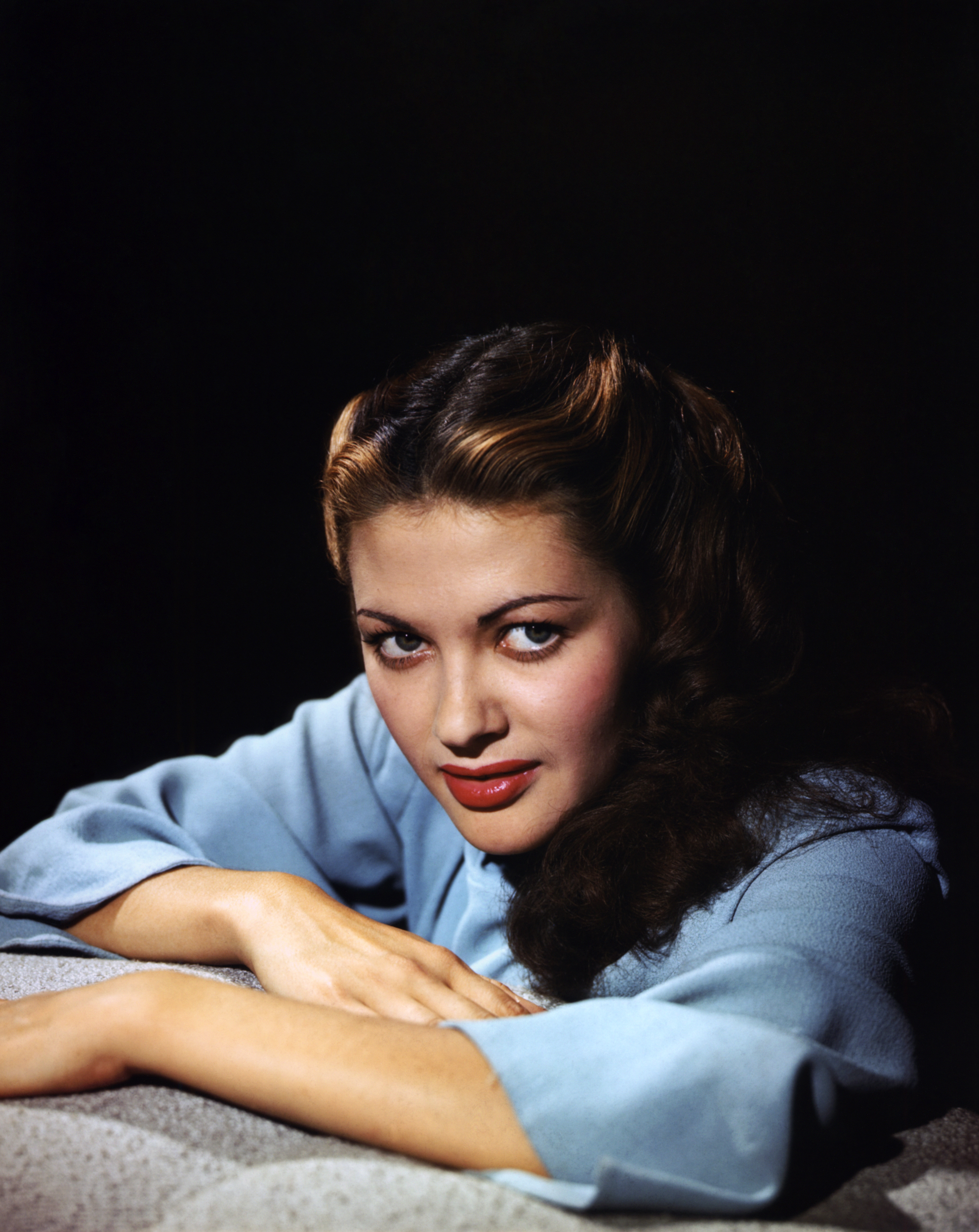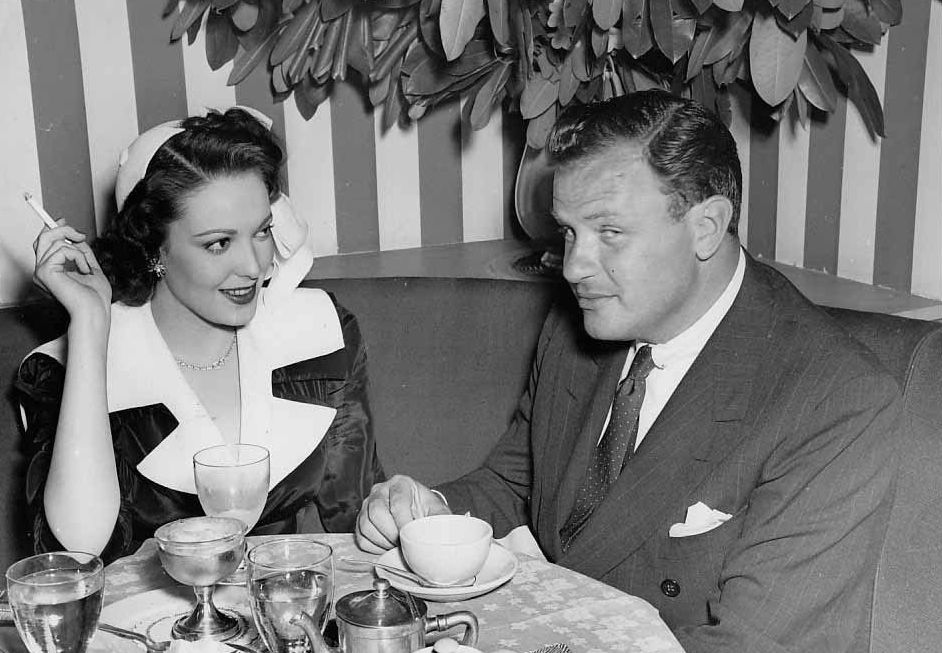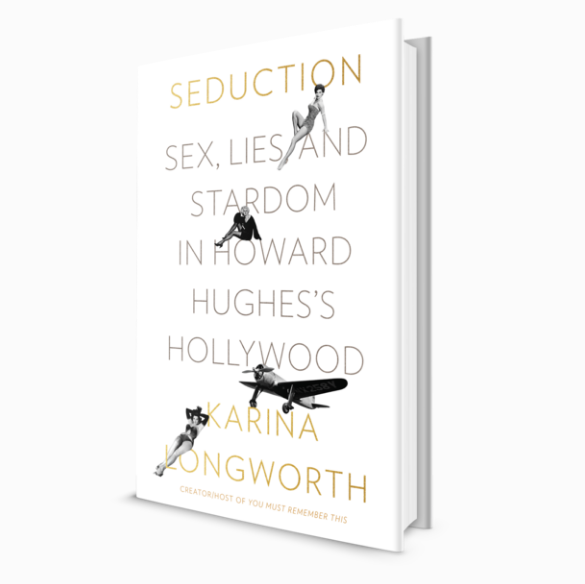Listen to this episode on Apple Podcasts.
Song of the South’s most famous element is “Zip-a-Dee-Doo-Dah,” a song written for the movie but reminiscent of a racist standard popularized in blackface minstrel shows of the 1830s. Today we’ll explore this song and the other ways in which minstrel imagery and tropes made their way into Song of the South and other animated and live action films of the first half of the 20th century. And, we'll talk about how all of this is related to Walt Disney's push to net Song of the South Oscars.
SHOW NOTES:
Sources for the whole season:
Walt Disney by Neal Gabler
Disney's Most Notorious Film: Race, Convergence, and the Hidden Histories of Song of the South By Jason Sperb
Birth of an Industry by Nicholas Sammond
Stony the Road by Henry Louis Gates Jr.
White Screens/Black Images by James Snead
Slow Fade to Black by Thomas Cripps
Making Movies Black by Thomas Cripps
Bright Boulevards, Bold Dreams: The Story of Black Hollywood by Donald Bogle
Toms, Coons, Mulattoes, Mammies, and Bucks: An Interpretive History of Blacks in American Films by Donald Bogle
Joel Chandler Harris: A Biography and Critical Study by Bruce R. Bickley Jr.
Sources specific to this episode:
“Talking About Race And Ice Cream Leaves A Sour Taste For Some” by Theodore R. Johnson III, May 21, 2014, https://www.npr.org
“Zip Coon (Turkey in the Straw) Words and Music” published by J. L. Hewitt & Co., N. Y., ca 1835 via Steven Collins Foster, http://www.stephen-foster-songs.de
“Old Zip Coon” via tunearch.org
“The Birth of Blackface Minstrelsy and the Rise of Stephen Foster” by Rhae Lynn Barnes
“Ragtime and the ‘Coon song’” via The History of Minstrels
“The Coon Caricature” via The Ferris State University, Jim Crow Museum of Racist Memorabilia
“What’s the Historical Background of “Zip-A-Dee-Doo-Dah”? by Debi Simons, September 10, 2018 via Behind the Music
Music:
The music used in this episode, with the exception of the intro and outro, was sourced from royalty-free music libraries and licensed music collections. The intro includes a clip from the film Casablanca. The outro song this week is “Zip-a-Dee-Doo-Dah” sung by Rik Ocasek.
Excerpts from the following songs were used throughout the episode:
Jackson 5 - Zip-a-Dee-Doo-Dah
Doris Day - Zip-a-Dee-Doo-Dah
Los Lobos - Zip-a-Dee-Doo-Dah
The Hollies - Zip-a-Dee-Doo-Dah
Bob B. Soxx & The Blue Jeans - Zip-a-Dee-Doo-Dah
Miley Cyrus (as Hannah Montana) - Zip-a-Dee-Doo-Dah
Paul Martin Pritchard - Gumshoe Blues
Manuel Galvin, Jean-Jacques Marcel, Maurice Milteau - Memphis Minstrels
John Neville Rufus Altman - Sneak Easy
Jahzzar - Railroad's Whiskey Co
Wayne Anthony Murra, Tobias Macfarlaine, Elmore King - Hanging Tree
Paul Martin Pritchard - Wandering Nights
Daniel Horacio Diaz, Andre Paul Marie, Charlier - Our Man In Miami
Daniel Horacio Diaz - The Setup
Daniel Horacio Diaz - Fancy Footwork
Robert Bernhard Hauser - The Piano Bar Player
Rik Ocasek - Zip-a-Dee-Doo-Dah
Credits:
This episode was written, narrated and produced by Karina Longworth.
Editor: Jared O'Connell.
Research and production assistant: Lindsey D. Schoenholtz.
Social media assistant: Brendan Whalen.
Logo design: Teddy Blanks.










